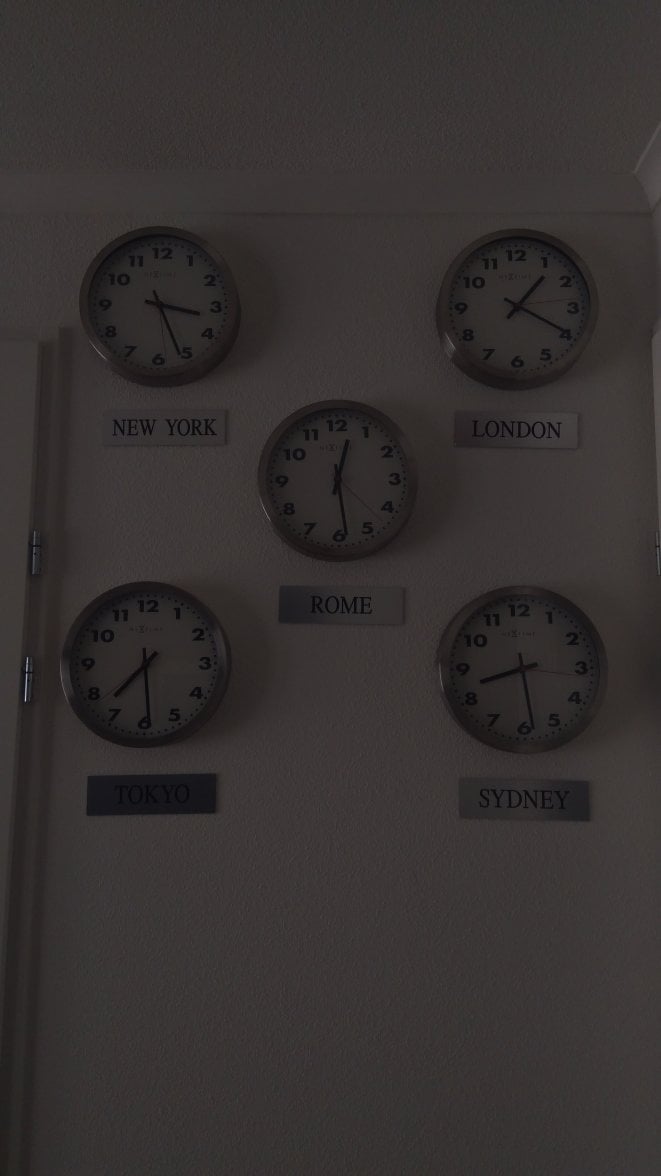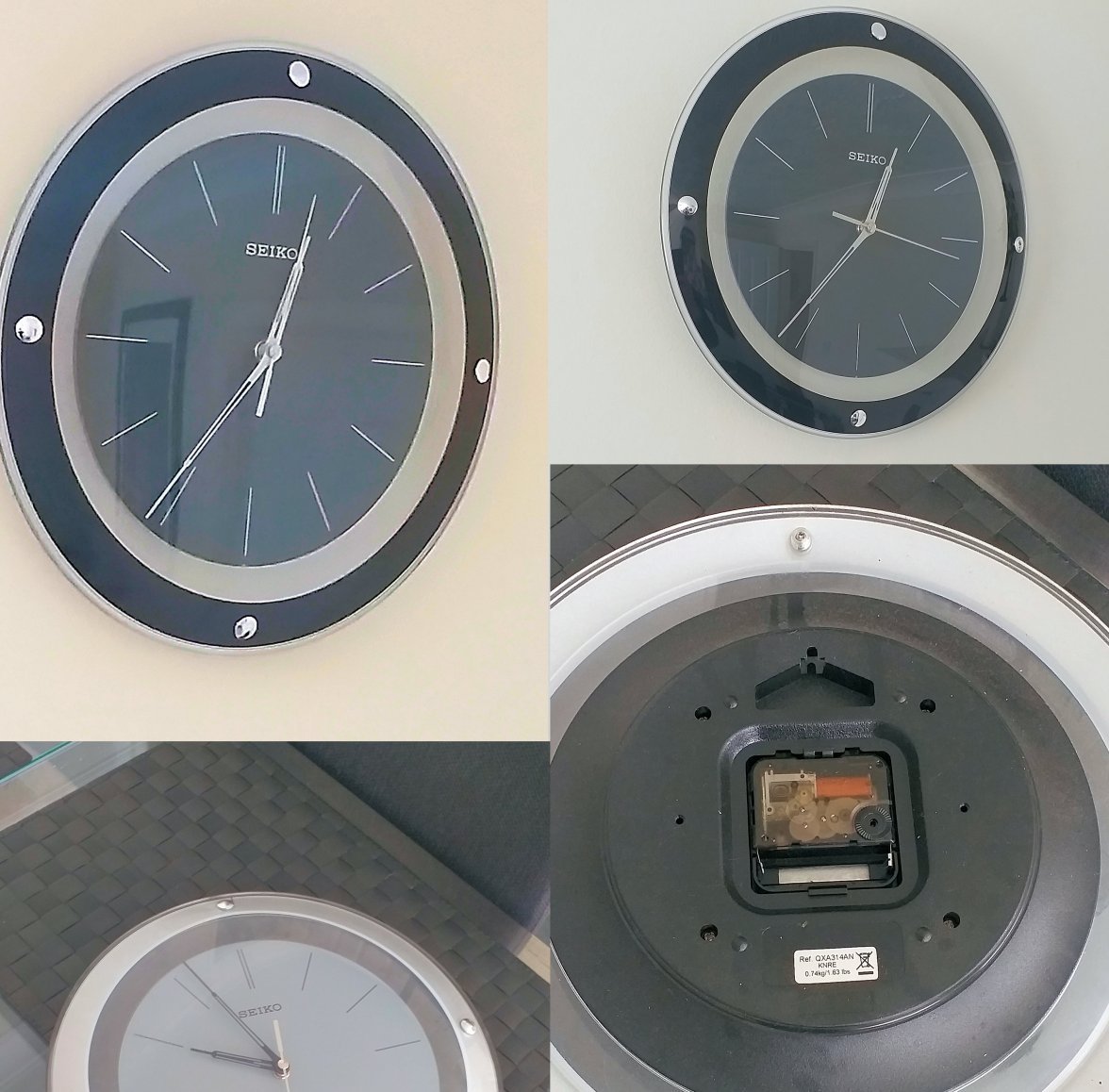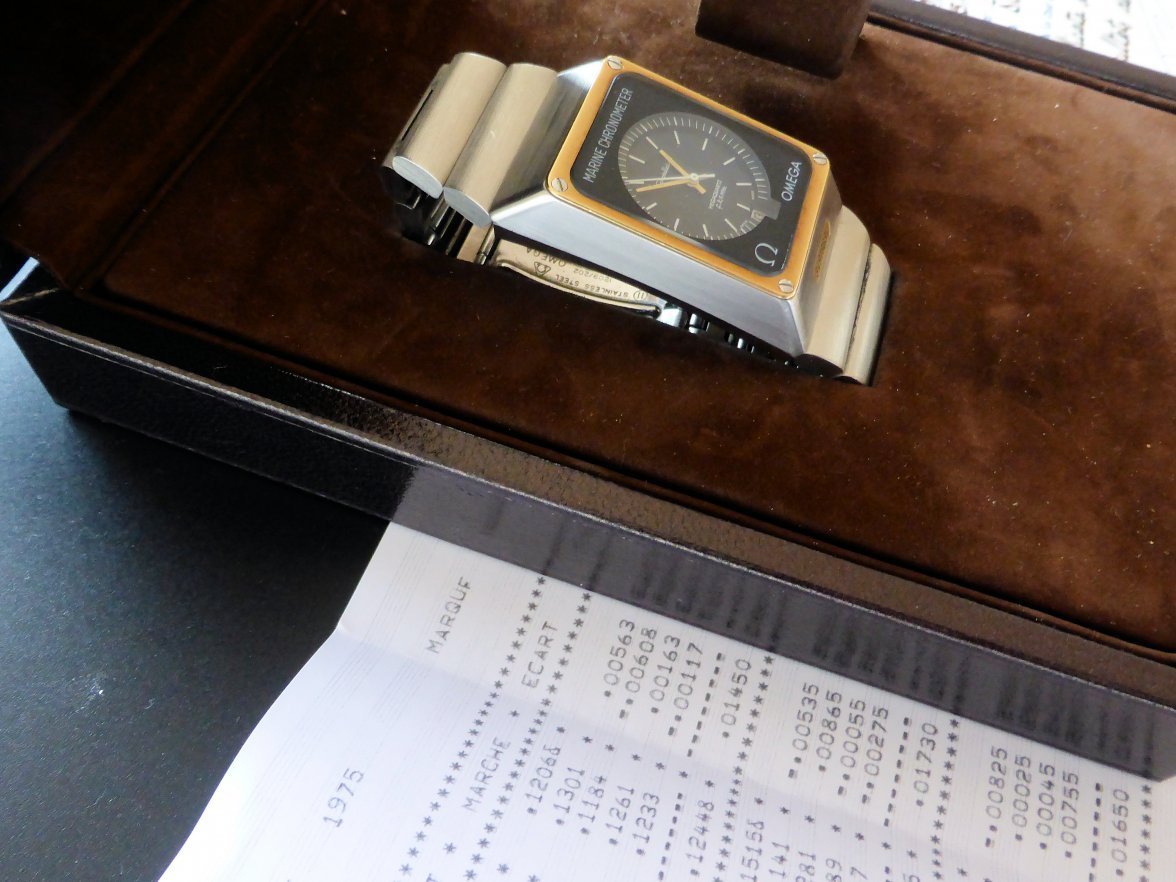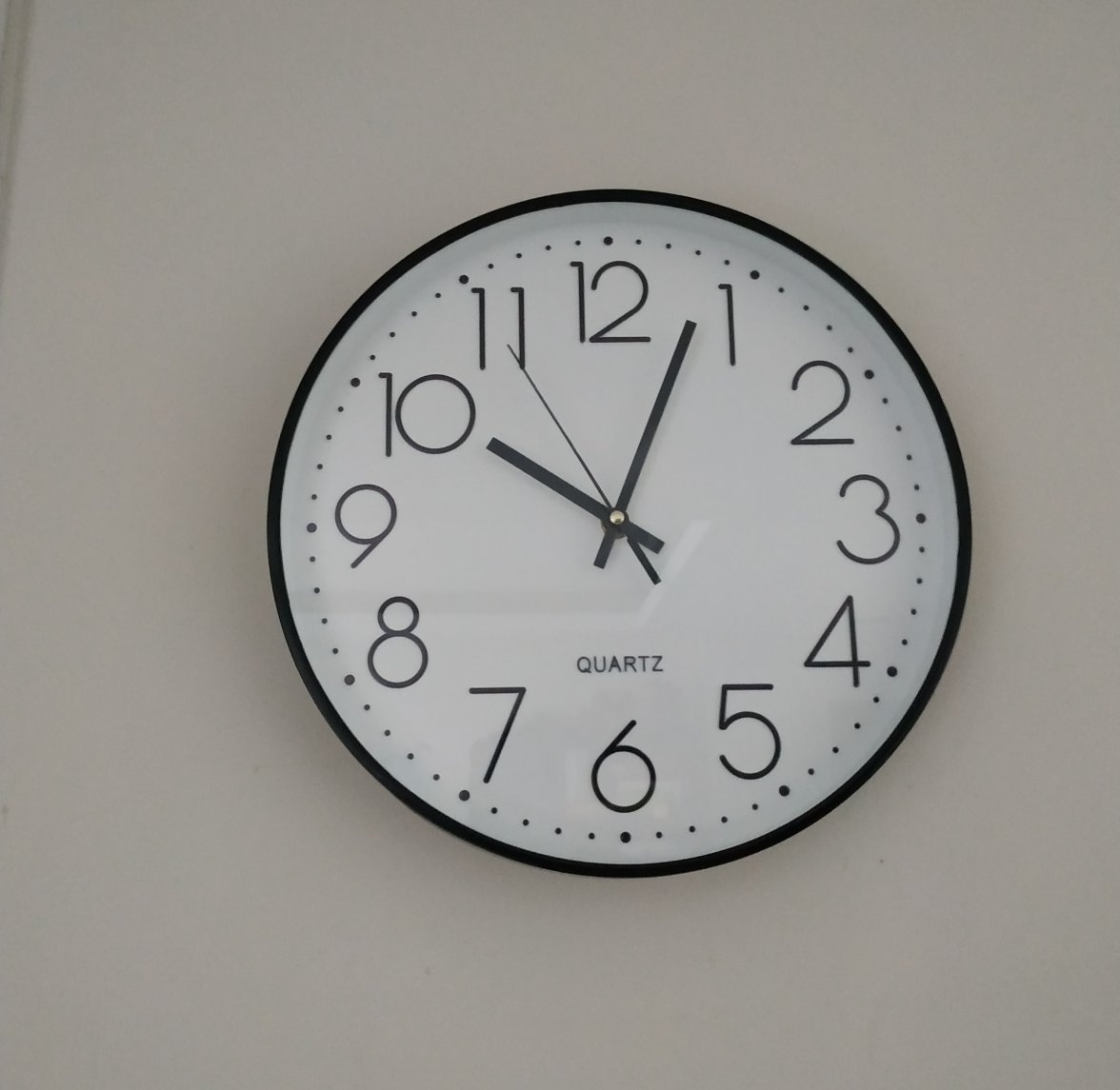The quartz crystal vibrates at a very high frequency compared to other oscillators in watches and most clocks. So a modern mechanical movement will have a frequency of 28,800 A/hr, so 8 Hz. The Bulova Accutrons use a tuning fork that vibrated much faster - 360 Hz. Quartz crystals used in watches typically vibrate at 32 KHz - 32,000 Hz.
In a mechanical watch, the frequency of the balance had a direct impact (in most cases) in the smoothness of the seconds hand. In a quartz watch it has nothing to do with that. It's about how the designers choose to make the hands move, which is related to motor pulses. Some quartz watches tick once per second, some once every 10 or 20 seconds (these usually do not have a seconds hand). The limitation of how fast you can make a quartz watch tick is largely driven by battery life, because the more pulses you have, the more energy is required.
If you ake it tick fast enough, it appears to be a smooth traverse around the dial, so once you get to the point where it appears smooth, theres no reason to make it tick faster. It's dong so and getting reasonable battery life that is the challange, and the Bulova/Citizen Precisionist movements were really the first to bring this out commercially. Not surprising that others have done so.
Note that some old electrically driven clocks use the normal A/C current to create the movement at 60 Hz (or 50 depending on where you live). Those may have some sort of overall quartz control that corrects the clock from time to time, like the old master and slave type clock systems.
So quartz controlled clocks and watches won't necessarily tick once per second.
Cheers, Al
 .
.



